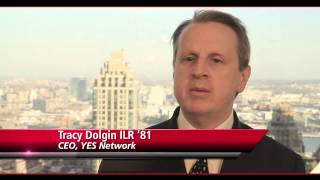Friday, 26 December, 2025г.
















Где искать: по сайтам Запорожской области, статьи, видео ролики
пример: покупка автомобиля в Запорожье
Wage Determination I
Presenter(s): Christopher Taber
Acknowledging that wage inequality is a key aspect of inequality, Taber presented students with a brief overview of the basic models used to analyze wage inequality in labor economics. He started with a standard macro model in which individuals are paid the marginal productivity of labor. Taber then introduced the Roy model to explain self-selection of workers between sectors, given their information about their potential earnings in each sector.
After being at Northwestern University since 1995, Christopher Taber joined the University of Wisconsin--Madison faculty in Fall 2007 as the Richard A. Meese Chair of Applied Econometrics. His research focuses on the development and implementation of econometric models of skill formation. His work on economics of education includes studies of the effectiveness of Catholic schools and of voucher programs,, the importance of borrowing constaints in college going decisions, and general equilibrium models of the labor market. He also has a methodological side and has worked on non-experimental methods for evaluation. He has been editor-in-chief of the Journal of Labor Economics since October 2007.
Теги:
Policy (Quotation Subject) Policy Evaluation University Of Wisconsin-Madison (College/University) University of Chicago HCEO (Research Organization) SSSI 2013 Summer School Summer School on Socioeconomic Inequality 2013 Wage determination Christopher Taber Wage Inequality
Похожие видео
Мой аккаунт


 У вашего броузера проблема в совместимости с HTML5
У вашего броузера проблема в совместимости с HTML5


